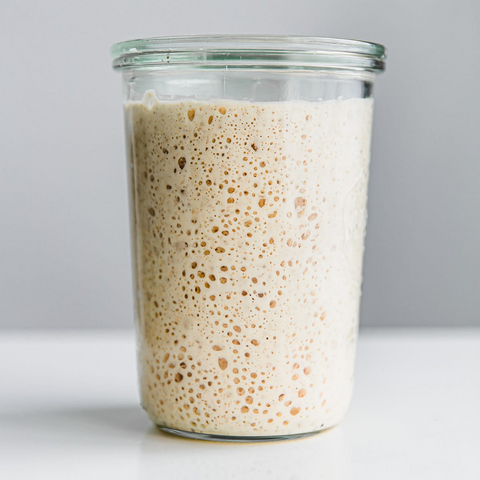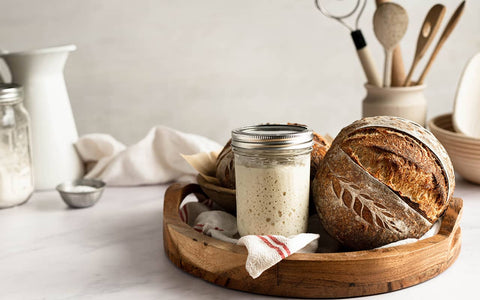
We can broadly categorize bread into two types: leavened and unleavened.
Leavened breads contain a small amount of yeast or another leavening agent, while unleavened breads do not. This results in leavened breads being slightly puffier and less dense than unleavened breads.
It basically looks like this:

Some basic differences between leavened and unleavened bread
Density: Leavened breads are typically lighter and airier than unleavened breads. Leavened breads may also contain other ingredients such as milk or fat, which adds to the richness of the bread. Asian "sweet breads" are some examples of leavened breads. Unleavened breads are typically denser and harder than leavened breads.
Ingredients: Unleavened breads are often made with flour, water and salt. They are simple to make and do not require any special ingredients or equipment. Because they do not contain yeast, they are shelf-stable and can be stored at room temperature for a long time. Unleavened breads are common in cuisines that do not use yeast, such as Indian and Middle Eastern cuisine.
Where did we first hear about unleavened breads?
Unleavened breads have a long history, and they are mentioned in the Bible. In Exodus 12, the Israelites are instructed to eat unleavened bread during their journey from Egypt. Unleavened bread was also eaten during the Feast of Unleavened Bread, which was celebrated annually to remember the day when the Israelites left Egypt.
Leavened breads have been around for thousands of years. The ancient Egyptians were the first to develop a method for leavening bread, using a starter made from flour and water that was allowed to ferment for several days. This starter was added to the dough, which caused it to rise and become light and fluffy.
The Romans also developed a method for leavening bread, using yeast. This yeast was extracted from beer and added to the dough, which resulted in a light and airy bread.
The French were the first to develop a method for making sourdough bread. Sourdough bread is made with a starter made from flour, water and wild yeast. This starter is allowed to ferment for several days, which gives it a sour flavor. The dough is then made with this starter, which results in a bread that is slightly sour and has a chewy texture.
Today, most breads are made with commercial yeast, which is a strain of Saccharomyces cerevisiae.
Examples of the different types of bread
There are many different types of leavened and unleavened breads, each with its own unique flavor and texture.
Some common varieties of leavened bread include sourdough, rye bread and pumpernickel. Common varieties of unleavened bread include matzo, lavash and tortillas.
Unleavened breads, on the other hand, do not contain any yeast. The dough is not allowed to rise, so the breads are flatter and less flavorful than leavened breads. Matzo is a type of unleavened bread that is traditionally eaten during Passover. Lavash is a type of flatbread that is popular in the Middle East.
How about sourdough bread?
Sourdough breads are considered leavened breads because they contain a small amount of yeast. The dough is allowed to rise for several hours or even days, which gives the bread a slightly sour flavour.



Comments (1)
I love making sourdough bread, it’s something I started doing to help a friend, now it’s the only bread our family uses and I am still trying to perfect my starters. I really enjoyed this article. Thanks.